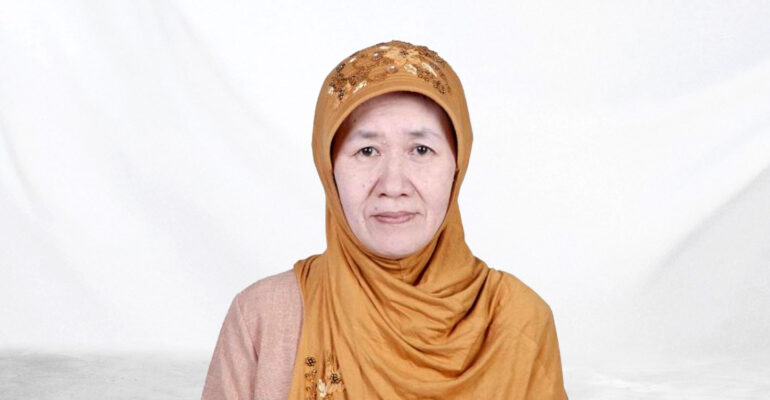Jakarta Floods Often Attributed to Water Delivery from Bogor, IPB University Professor Reveals the Facts

Earth Day on April 22 is a global moment to raise awareness and reflect on environmental conditions that are threatened by human activities. Floods, which often hit the capital city, for example, are a real consequence of environmental damage due to land conversion and poor spatial planning
So far, the flooding phenomenon in Jakarta is often attributed to water from Bogor. Is this really the case?
Prof Etty Riani, Professor of IPB University from the Faculty of Fisheries and Marine Science (FPIK), explained that the assumption that Jakarta floods are solely caused by water from Bogor is a simplification of a complex problem, but inaccurate.
“It is true that water from Bogor contributes to the volume of water in the rivers that cross Jakarta. However, factors internal to Jakarta also play a significant role,” she said.
Furthermore, she reminded that geographically, Jakarta is a low-lying area, which when viewed from the type of soil is swamp land. The names of areas such as Rawamangun bear witness to this condition.
Swamp is a natural blue open space (RTB) that functions to accommodate water. “The conversion of swamp land into built-up land (buildings) eliminates this natural storage function, causing when there is rain with high and long rainfall, water is easier to overflow and trigger flooding,” she said.
The Role of Bogor Spatial Planning and the Impact of Development
On the other hand, the lecturer of the Department of Aquatic Resources Management (MSP) IPB University also highlighted the significant change of green open space (RTH) in a number of areas in Bogor into built-up areas such as hotels, tourist attractions, villas, housing, and so on.
“RTH is supposed to absorb rainwater into the soil. However, with the reduction of RTH, rainwater directly runs off into the river and moves downstream, including Jakarta,” she explained.
Prof Etty emphasized that development that converts RTH into built space directly increases surface water runoff into the river, which then flows into Jakarta.
Unintegrated spatial planning between upstream and downstream, exacerbated by regional autonomy which sometimes creates sectoral ego. This, she said, is a challenge in holistic flood management.
Jakarta’s Local Factors Cannot Be Ignored
Prof Etty Riani said that local factors in Jakarta play a very significant role. If Jakarta had a good drainage system, orderly urban planning, well-maintained green spaces and RTB and not massive land conversion; the carrying capacity and capacity of the city would be better. Even with heavy rain in Bogor, flooding is still possible to control.
“However, under current conditions, local rain with high intensity that lasts relatively short time can trigger significant inundation and even flooding in Jakarta,” said Prof Etty, who won the 2024 Gakkum Awards.
Effectiveness of Mitigation Efforts in Bogor
According to this Professor of IPB University, the construction of dams is a very good step. In addition to retaining water and reducing the risk of flooding downstream, dams also play an important role in freshwater conservation, especially for supplies in the dry season.
However, she thinks that river normalization is not a good solution. River normalization changes the flow of the river from meandering to straight. Straightening a meandering river, she believes, can accelerate the flow of water downstream and potentially increase the risk of flooding downstream.
“I believe God created the river with its best flow. Meandering has a purpose, namely to slow down the flow of water so that the travel time of water becomes longer and its strength and destructive power are reduced,” she said.
In addition, she continued, river normalization is also feared to have a negative impact on the preservation of biological resources in the river ecosystem.
Comprehensive Solution Recommendation
As a long-term solution, Prof Etty emphasized the importance of a comprehensive, holistic, and integrated approach between regions in one watershed.
The construction of the right dam, restoring the function of RTH and RTB in accordance with spatial planning, strict carrying capacity and capacity studies on physical development, and integrated management between regencies, cities and even provinces in the same watershed, are the keys to overcoming this flood problem in a sustainable manner.
“The issue of handling Jakarta floods requires cooperation and a deep understanding of the various causal factors, both upstream and downstream, as well as the implementation of integrated and sustainable solutions,” she concluded. (IAAS/LAN)



